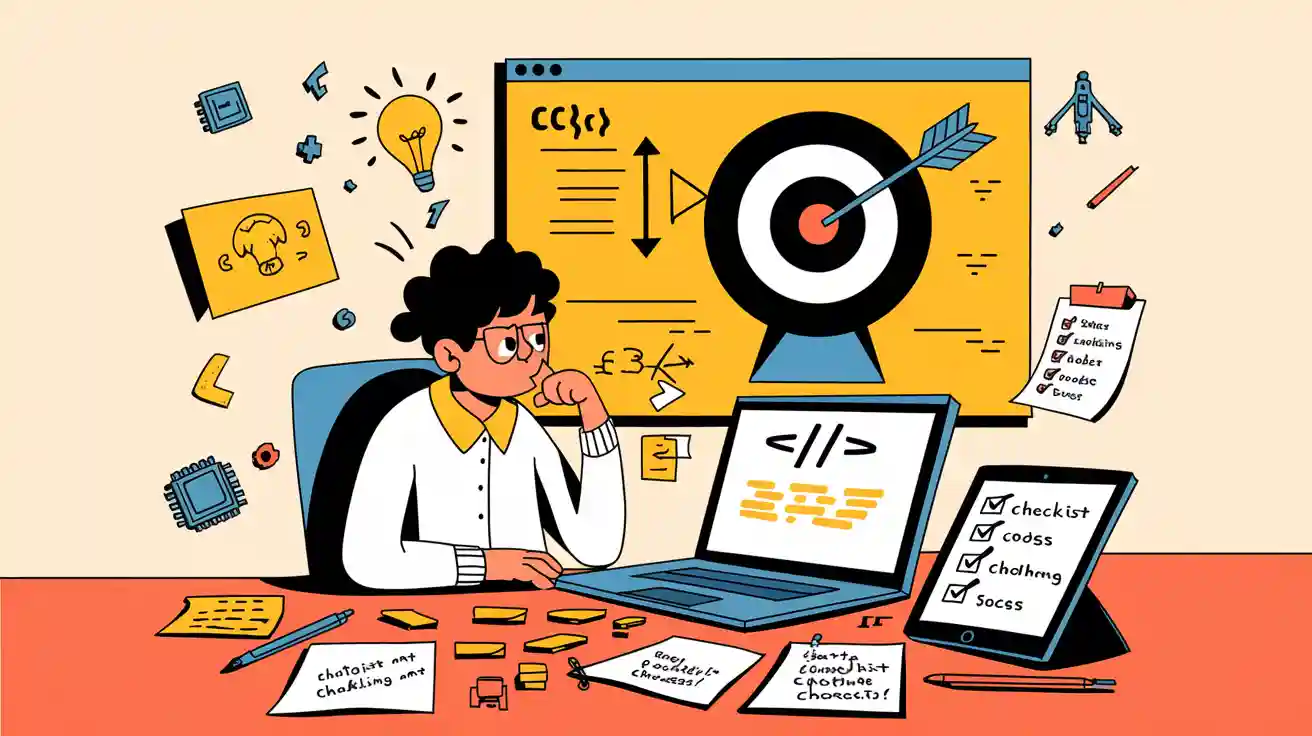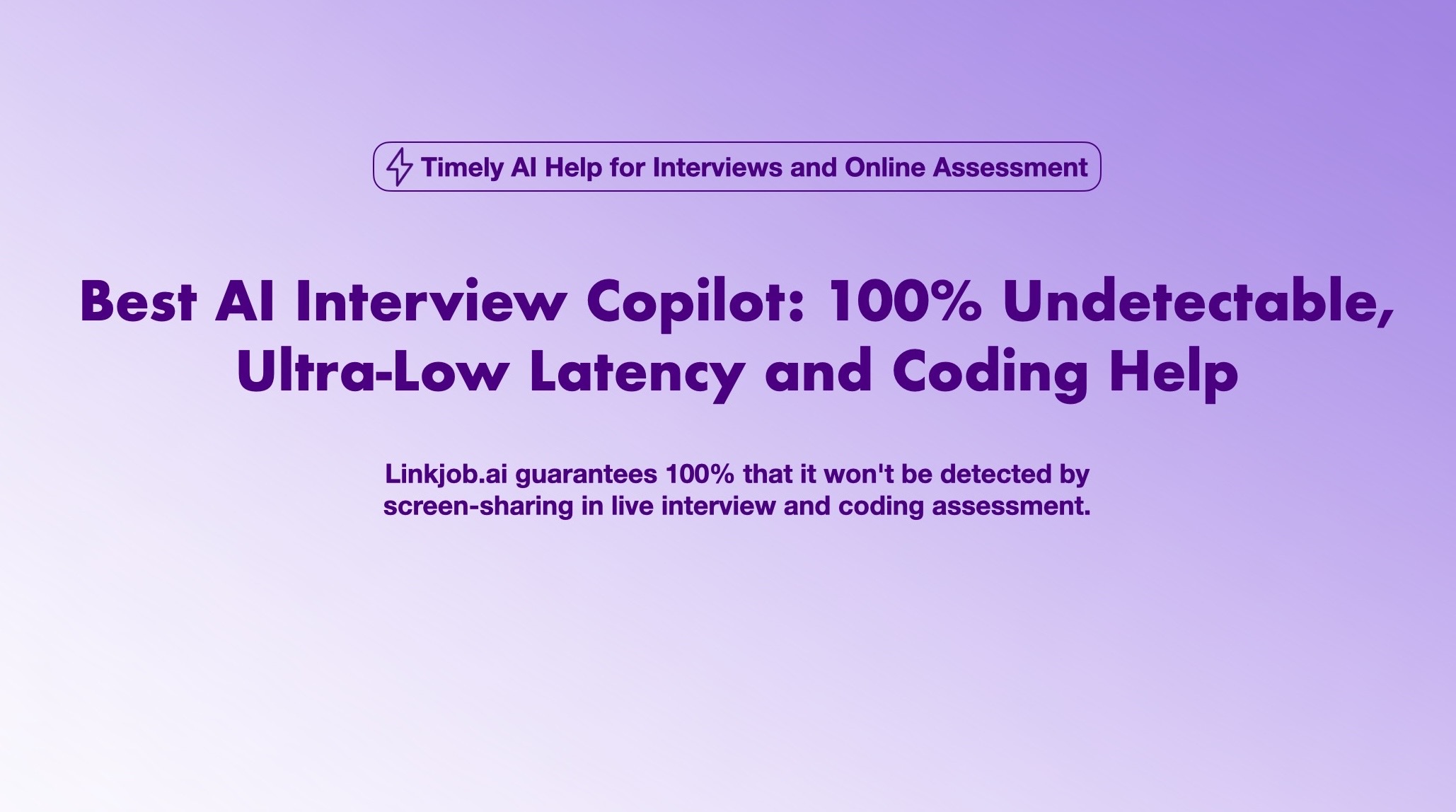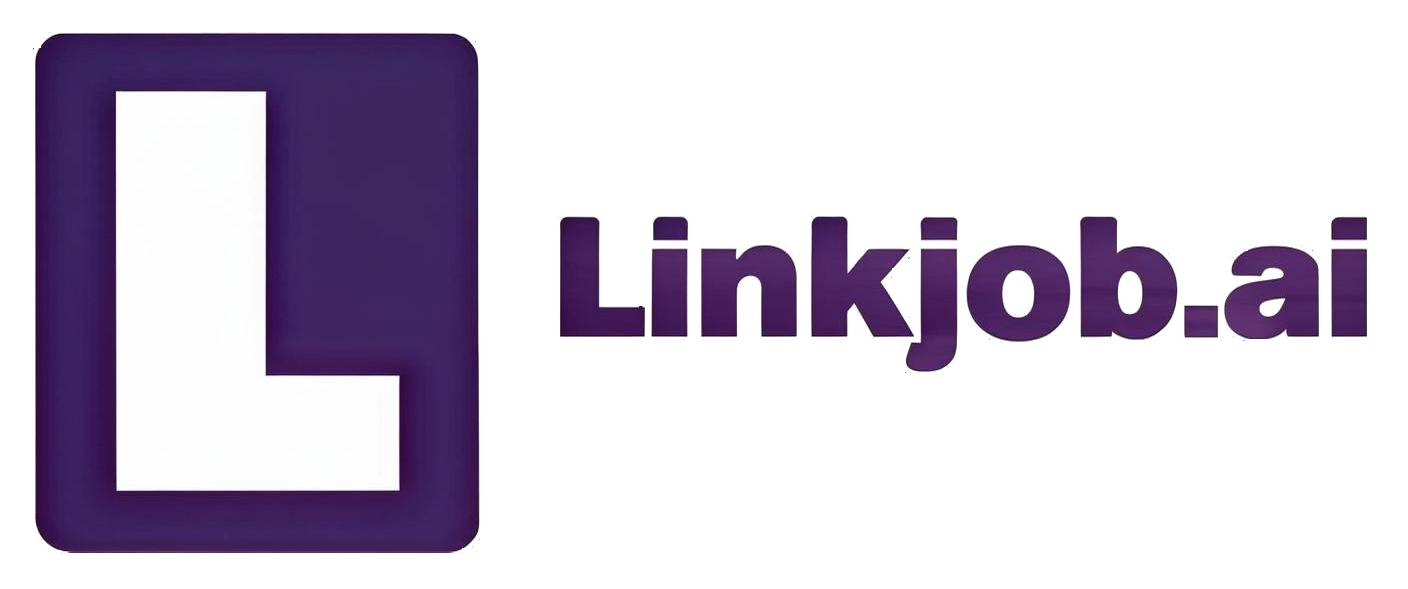How I Should Approach Common Uber CodeSignal Questions in 2025

When I first tackled uber codesignal questions, I realized how much mastering data structures and algorithms matters. I practiced real uber codesignal questions and focused on clear communication. The uber test usually has 3 or 4 questions with a 70-minute time limit, and the topics range from arrays to graphs. I know many people feel pressure to solve hard problems fast while talking through their ideas. Uber wants to see how I organize my code, ask clarifying questions, and improve my solution step by step. I remind myself that, with practice and mental focus, I can handle even the toughest coding interview.
Otherview:
The first question is a very simple array traversal, which I did quickly. I forgot the specific details, but I should have been able to answer them all.
The second question involves 2 players and 2 groups of cards. Each time, they take their respective first cards to compare sizes. If player1 >= player2, then append all of player2's cards to player1's hand.
Otherwise, append them to player2's hand. The order of appending is the winner's own card first, followed by the loser's card. This continues until one person has no cards left. The question asks how many steps the game can proceed in total. The problem is simple; use popleft() for comparison and append for adding. But I spent a while understanding the question.
For example, player1 has 3,4,5; player2 has 6,1,2. In the first round, 3 < 6, so after the comparison, player1 has 4,5; player2 has 1,2,6,3.
The third question gives a matrix with only 0,1,2 values. Starting from 1, move diagonally (all four diagonals are possible), and the valid order is 1-2-0-2-0-2-0... Ask for the longest valid sequence in the matrix. The time requirement isn't high; I did brute force directly, the process was ugly but it passed all cases in the end. Loop through i,j; when encountering a 1, start DFS; if invalid, just return. (Note that this DFS can only go in one direction, not for dir in directions).
The fourth question is LC full bloom, which is a quite classic problem.
I have to say, Linkjob.ai is really incredibly useful. During the interview process, it's completely invisible—even if the interviewer requires screen sharing, the other party can't see at all that I'm using AI.
Key Takeaways
Understand Uber's CodeSignal test format: 2 coding questions and 8 multiple-choice questions in 35 minutes, focusing on data structures, algorithms, and frontend concepts.
Build a daily study plan targeting key topics like dynamic programming, graph algorithms, arrays, and system design to improve speed and accuracy.
Practice with real Uber-style questions and mock interviews to get comfortable with the test environment and improve communication skills.
Explain your thought process clearly during the interview, ask clarifying questions, and manage your time by starting with simple solutions and refining them.
Stay calm and positive by using self-care techniques, breaking problems into smaller steps, and preparing for behavioral questions with the STAR method.
Uber CodeSignal Questions Overview

Test Format
When I started preparing for uber codesignal questions, I wanted to know exactly what to expect. The uber test in 2025 has a clear structure. Here’s a quick look:
Aspect | Details |
|---|---|
Test Duration | 35 minutes |
Number of Questions | 2 coding questions + 8 multiple-choice questions (MCQs) |
Coding Question Difficulty | Easy to Medium (focused on Data Structures and Algorithms) |
MCQ Topics | Frontend concepts including JavaScript and CSS |
I always remind myself to keep an eye on the clock. The time limit means I need to work quickly and avoid getting stuck on one problem.
Common Topics
From my experience and what I’ve seen from others, uber codesignal questions usually focus on a few key areas. I make sure to practice these topics the most:
Dynamic programming (often 2 out of the 3 or 4 coding questions)
Graph algorithms (lots of graph-related problems)
Stack-based array problems
Arrays and strings
Linked lists and binary trees
System design basics for senior roles
These topics match what other big tech companies test, but uber often adds a twist. Many coding problems reflect real-world challenges at Uber, like route planning, pricing, and matching drivers with riders. I always try to connect the question to a real Uber scenario in my mind.
Scoring and Expectations
The scoring system for the uber test ranges from 200 to 600. My score depends on how many questions I solve and how well I do on each part. If I solve all the questions in a module, I get bonus points. Most candidates who move forward score between 396 and 500, but I aim higher to stand out.
Tip: I always practice explaining my thought process out loud. This helps me stay calm and clear during the coding interview.

Preparing for the Uber Coding Interview
Study Plan
When I started getting ready for the uber coding interview, I knew I needed a solid plan. I focused on data structures and algorithms first. Every day, I picked one topic—like arrays, graphs, or dynamic programming—and worked through a few problems. I noticed that many coding interview questions at Uber look a lot like classic algorithmic challenges, such as the Trapping Rain Water problem or tree view problems. So, I made sure to practice those types of questions until I felt comfortable.
Here’s how I built my study plan:
I set aside time each day for focused practice. I usually spent 60 to 90 minutes on coding challenges.
I simulated real test conditions. I used a timer and tried to solve problems as quickly and accurately as possible.
I reviewed my solutions and looked for ways to make my code cleaner and faster.
I practiced explaining my thought process out loud, just like I would during the actual technical assessment.
Tip: I always remind myself that speed matters, but accuracy is just as important. If I get stuck, I move on and come back later.
Practice Strategies
Here are some strategies that worked for me:
I practiced with real Uber-specific CodeSignal questions. These questions helped me get used to the test format and the types of problems Uber likes to ask.
I paid special attention to business math, SQL, and Excel functions for the analytics part of the test. Practicing these skills under time pressure helped me improve my speed and accuracy.
I reviewed my mistakes and learned from them. If I missed a question, I went back and figured out why.
I always checked my code for time and space complexity. Uber wants to see that I can write efficient code, not just code that works.
Practicing with Uber-style questions made a big difference. I felt more confident and familiar with the test structure. I also noticed that my problem-solving skills improved, and I could handle new questions more quickly.
Mock Interviews
I discovered that, besides practicing problems on LeetCode , using AI mock interview (AI simulated interview) tools like Linkjob.ai has greatly boosted my confidence. It can simulate real interview scenarios, provide Uber-style questions, and interact with me like a real human interviewer. Not only can I practice how to solve problems, but I also get instant feedback on my communication skills, time management, and code logic. This kind of practice has made me more familiar with the real interview environment, and I'm no longer as nervous.
Here’s what I liked about mock interviews:
I got feedback on my code and my communication skills.
I learned how to explain my thought process clearly, which is something Uber values a lot.
I practiced using a cloud IDE, just like in the real interview. This helped me get comfortable with the tools and the environment.
I tried different types of questions, including system design and behavioral questions, to cover all parts of the interview.
Note: Mock interviews helped me manage my nerves. The more I practiced, the less anxious I felt during the actual uber coding interview.
I also made sure to use the premium question libraries and interview templates available on CodeSignal. These resources let me practice in my favorite programming language and gave me a realistic feel for the interview.
By following this approach, I built up my speed, accuracy, and confidence. I learned how to tackle tough coding interview questions and explain my solutions clearly. With enough practice, I felt ready for anything Uber could throw at me.
Uber Test System Design and Communication

System Design Basics
When I prepared for senior roles at Uber, I knew system design questions would come up. The most common prompt I saw was “Design Uber” or something similar. I always started by asking clarifying questions about the scope and features. For example, I asked about real-time tracking, payment systems, and how drivers and riders connect. I broke down my answer into clear steps:
1. Clarify requirements and set assumptions. 2. Sketch a high-level design with client apps, backend services, and databases. 3. Dive into core features like ride requests, driver allocation, and real-time tracking. 4. Discuss scalability, reliability, and fault tolerance. 5. Talk about trade-offs and edge cases.
I made sure to mention things like microservices, load balancing, caching, and security. I also practiced explaining how I would handle surge pricing, customer support, and external integrations. This structure helped me stay organized and confident during the uber test.
Communication Skills
Clear communication made a huge difference for me. I always explained my thought process out loud, step by step. If I didn’t understand a question, I asked for clarification right away. I found that interviewers liked when I solved problems out loud and shared my reasoning. I tried to keep my answers organized and easy to follow.
Tip: I stayed positive and relaxed, even if I got stuck. I reminded myself that Uber values teamwork and clear communication as much as technical skills.
I also made sure to discuss the trade-offs in my solutions, like why I chose a certain database or how I would handle scaling. This showed that I understood both the technical and business sides of Uber’s challenges.
Time Management
Managing my time during the uber test was key. I paced myself so I could finish all questions. I started with a simple solution and improved it if I had extra time. If I got stuck, I moved on and came back later. I used a timer to keep track of my progress.
During my preparation, I also discovered a powerful tool: the real-time interview assistant (interview copilot). During the formal interview, the AI will provide reference answers and problem-solving ideas in real time. It can help me quickly find the right direction under pressure, and this feature acts like my "lifeline," allowing me to manage time more effectively and ensure I can complete all the problems.
Here are some time management tips that worked for me:
Break big problems into smaller steps.
Prioritize the most important questions first.
Use my most productive hours for practice.
Track distractions and cut them out.
When I faced a tough or unexpected question, I stayed calm. I used the STAR method (Situation, Task, Action, Result) to organize my thoughts and answer clearly. Practicing mock interviews helped me get better at handling surprises and staying on track.
Succeeding in the Uber Interview Process
Behavioral Questions
When I prepare for behavioral questions, I always start by thinking about my past experiences. Uber interviewers want to know how I handle teamwork, conflict, and tough decisions. They ask questions like:
Tell us about yourself.
Why do you want to work for Uber?
What skills do you think are most important to work at Uber?
Tell us about your strengths and weaknesses.
How do you handle a project life cycle?
Walk us through a situation where you had to make a decision with limited information.
Describe an experience when you disagreed with your colleague.
How do you prioritize tasks while working on multiple projects?
Tell us about a time when you faced deadline stress and how you coped.
Give an example of when you used logic to come out of a difficult situation.
Maintaining a positive mindset is important, but preparation is even more critical. Using an interview copilot significantly reduces my anxiety. When I'm unsure of how to proceed, the AI provides crucial real-time prompts and ideas, which makes me feel like I'm not in it alone. It gives me confidence, knowing that even when I'm faced with a completely unfamiliar question, I have a reliable "think tank" by my side, which allows me to face every challenge with more composure.
I always prepare stories that show my problem-solving mindset. I talk through my thought process and explain how I made decisions. Interviewers like when I think out loud and show how I work with others. Sometimes, the interview feels more like a discussion than a test. I focus on collaboration and stay open to hints or feedback.
Tip: I practice answering questions with the STAR method (Situation, Task, Action, Result) to keep my stories clear and organized.
Mindset and Self-Care
Staying calm and focused during interviews helps me perform better. I use simple self-care techniques to manage stress. Here are some things that work for me:
I take short breaks before the interview to clear my mind.
I practice deep breathing or short meditation to stay relaxed.
I exercise regularly to keep my energy up.
I set boundaries and unplug from work when I need to recharge.
I break big problems into smaller steps so I don’t feel overwhelmed.
I ask for help or support from friends if I feel stuck.
I remind myself that pressure is normal. I try to see it as a chance to show my best skills. Mindfulness helps me stay positive and focused on solutions. When I take care of myself, I feel more confident and ready for any challenge.
When I prepared for the uber CodeSignal test, I found that regular, focused practice made all the difference. I set aside time for mock interviews, reviewed my mistakes, and kept my notes handy for quick revision. I always tried to think out loud and answer every question. Staying confident and working with a supportive group helped me push through tough moments. If you keep practicing and believe in your progress, you can succeed in the interview process too.
FAQ
How do I manage my time during the Uber CodeSignal test?
I set a timer for each question. I move on if I get stuck. I always leave a few minutes at the end to review my answers. Staying calm helps me think faster.
What should I do if I don’t know the answer to a coding question?
I break the problem into smaller parts. I write out what I know. I explain my thinking out loud. Sometimes, I find a solution as I talk through the steps.
Can I use built-in functions or libraries in my code?
Yes! I use built-in functions when they save time. I make sure to mention why I use them. Uber wants to see smart, efficient solutions.
How do I practice Uber-specific questions?
I search for real Uber CodeSignal questions online.
I use AI mock interview tool to boost my confidence
I review solutions from others and learn new tricks.
I focus on problems about routes, matching, and pricing.
What if I feel nervous before the interview?
I take deep breaths. I remind myself that practice pays off. I talk to a friend or take a short walk. Staying positive helps me do my best.
See Also
Effective Strategies To Master Capital One CodeSignal Tests
Transforming CodeSignal Anthropic Practice Into Success In 2025
Lessons Learned From Tackling Capital One CodeSignal Challenges
Insights Gained From Completing The Visa CodeSignal Evaluation
Top 20 PyTorch Interview Q&A Summarized From 2025 Experience

